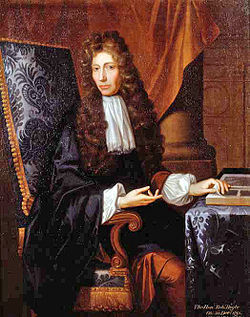The Arts of Meditation and Blogging, before the Age of Computing

Robert Boyle The reflective essay on a variety of topics can be traced back to Montaigne (1533-1592). His essays display erudite wit and a slippery, speculative, anecdotal approach to a range of themes. In the course of reading his work we start to piece together fragments of his personality and we warm to his humane openness to life. Robert Boyle (1627-1691) was also significant for his ability to compose meditative and inspiring short essays on any topic. Examples are The Christian Virtuoso (1690-91) and his Occasional Reflections on Several Subjects (1665) which included a defence of his methodology. The notion that ordinary, ephemeral topics were suitable for serious readers and profound spiritual reflection was most famously parodied in Jonathan Swift’s Meditations on a Broomstick (1701) But a Broom-stick, perhaps you'll say, is an Emblem of a Tree standing on its Head; and pray what is Man, but a Topsy-turvy Creature, his Animal Faculties perpetually mounted










